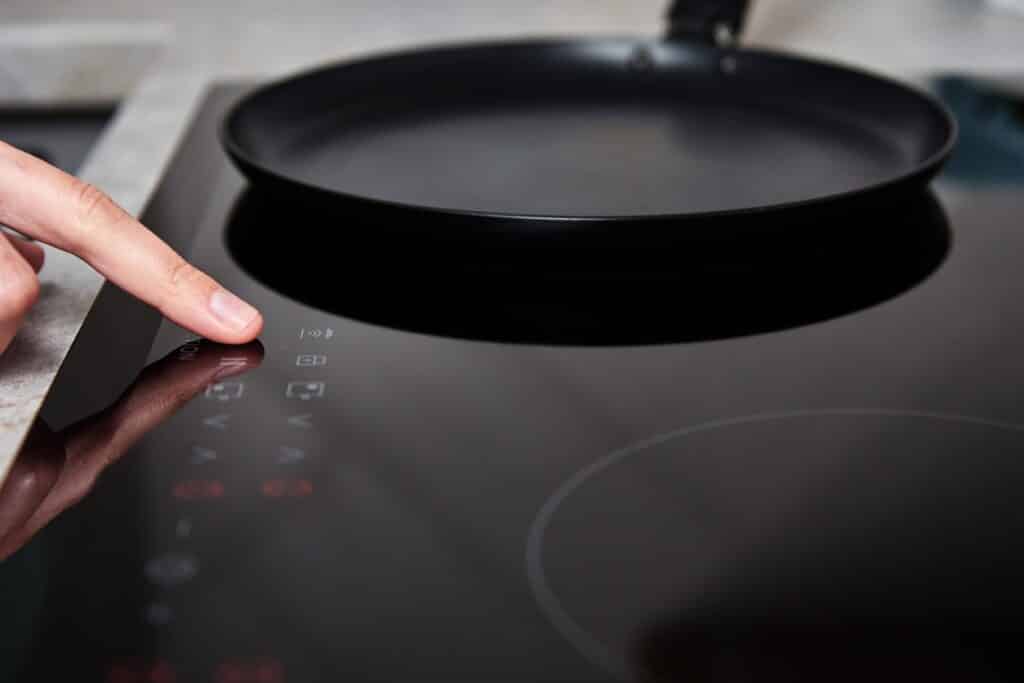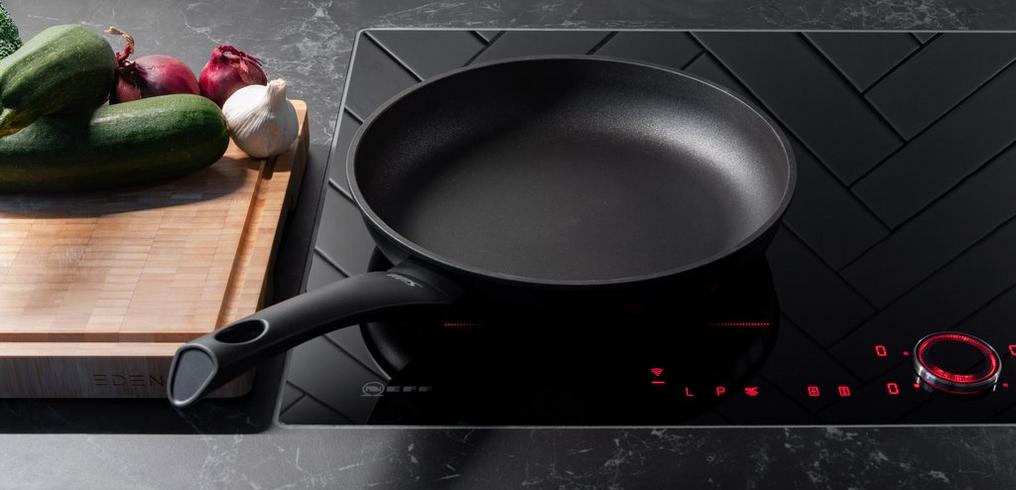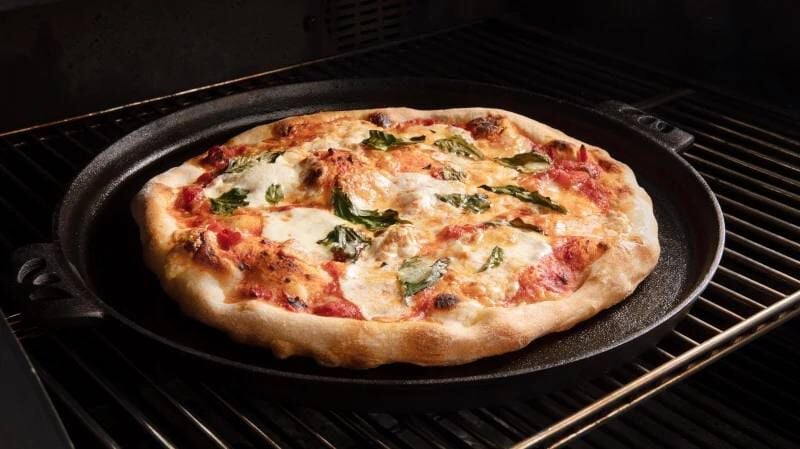In the world of professional cooking, the technique of searing meat in cast iron on induction cooktops is an art form. This method offers precision, efficiency, and exceptional results, making it a favorite among chefs. Whether you're a seasoned chef or a culinary enthusiast, understanding the nuances of this technique can elevate your cooking game.
The combination of cast iron and induction cooktops is a match made in kitchen heaven. The rapid and consistent heating properties of induction, paired with the superior heat retention of cast iron, create the perfect environment for achieving that coveted sear on your meat.

The Science Behind Searing
Searing is not just about surface browning; it's a chemical reaction known as the Maillard reaction. This process occurs when proteins and sugars in the meat are exposed to high heat, resulting in the formation of complex flavors and aromas. The key to a perfect sear lies in achieving and maintaining the right temperature.
Induction cooktops offer precise temperature control, allowing chefs to dial in the exact heat needed for searing. Pairing this with the heat retention of cast iron ensures that the temperature remains stable, even when cold meat is added to the pan.
Preparing Your Cast Iron for Induction
Before you begin searing, it's essential to prepare your cast iron skillet. Ensure it's clean and well-seasoned. A well-seasoned skillet not only prevents sticking but also enhances the flavor of the meat.
Once your skillet is prepared, preheat it on the induction cooktop. Preheating is crucial for achieving an even sear. Place the skillet on the induction burner and set it to a medium-high setting. Allow it to heat for several minutes until it reaches the desired temperature.
Choosing the Right Meat
Not all cuts of meat are created equal when it comes to searing. While most meats can benefit from this technique, certain cuts stand out. Prime cuts like ribeye, sirloin, and tenderloin are ideal for searing due to their marbling and tenderness.
For the best results, let the meat come to room temperature before searing. This ensures even cooking and prevents the outside from burning while the inside remains undercooked.
Executing the Perfect Sear
With your skillet preheated and your meat at the ready, it's time to execute the perfect sear. Begin by patting the meat dry with a paper towel. Moisture is the enemy of a good sear, so ensure the meat is as dry as possible.
Next, season the meat generously with salt and pepper. The seasoning not only enhances the flavor but also contributes to the formation of a flavorful crust.
Place the meat in the skillet and let it sear without moving it for a few minutes. This allows the crust to form and the Maillard reaction to occur. Once a crust has developed, flip the meat and sear the other side.
Finishing the Cook
After searing, you may choose to finish cooking the meat in the oven or continue on the stove. If finishing in the oven, preheat it to 400F and transfer the skillet to the oven. This method is ideal for thicker cuts that require additional cooking time.
For thinner cuts, you can finish cooking on the stovetop by reducing the heat and continuing to cook until the desired doneness is reached.
Cleaning and Maintaining Your Cast Iron
Proper maintenance of your cast iron skillet is essential for ensuring its longevity. After cooking, allow the skillet to cool slightly before cleaning. Avoid using soap, as it can strip the seasoning. Instead, use hot water and a brush to remove any food residue.
Dry the skillet thoroughly and apply a thin layer of oil to maintain the seasoning. This simple care routine will keep your cast iron in top condition for years to come.

FAQs
Q1: Can I use cast iron on all induction cooktops?
A1: Yes, most cast iron skillets are compatible with induction cooktops. However, it's always best to check the manufacturer's guidelines to ensure compatibility. For more information, you can visit the Whirlpool blog.
Q2: What is the best way to clean a cast iron skillet after searing meat?
A2: After cooking, clean the skillet with hot water and a brush. Avoid using soap and ensure the skillet is completely dry before storing.
Q3: How do I know when the skillet is hot enough for searing?
A3: A good test is to sprinkle a few drops of water onto the skillet. If they sizzle and evaporate immediately, the skillet is ready for searing.
For more tips on using cast iron on induction, check out this guide on controlling heat in cast iron cooking.





Leave a comment
This site is protected by hCaptcha and the hCaptcha Privacy Policy and Terms of Service apply.